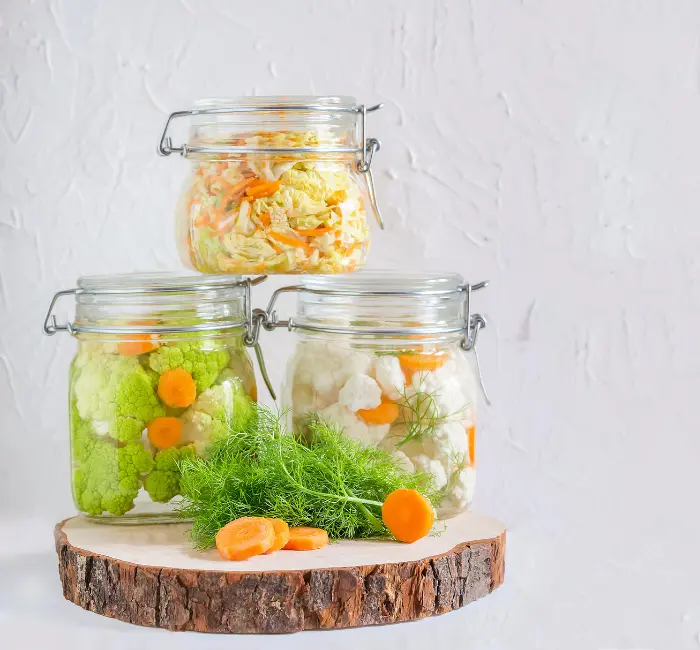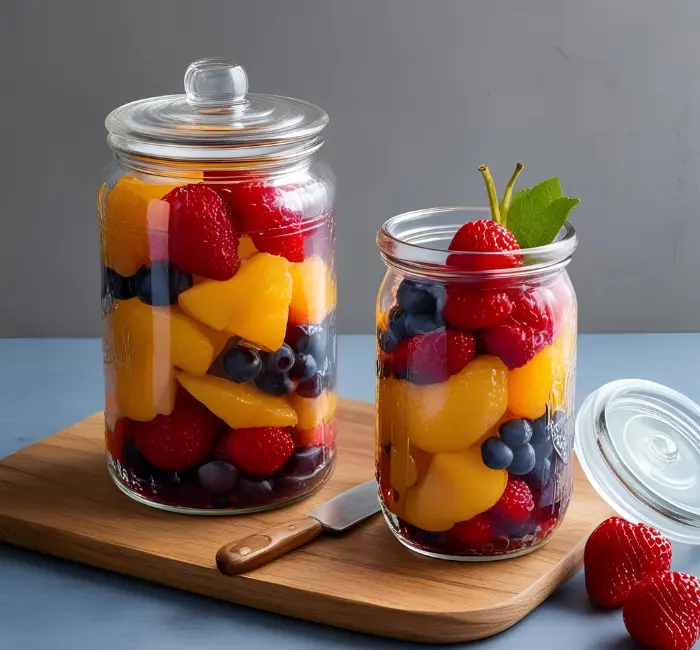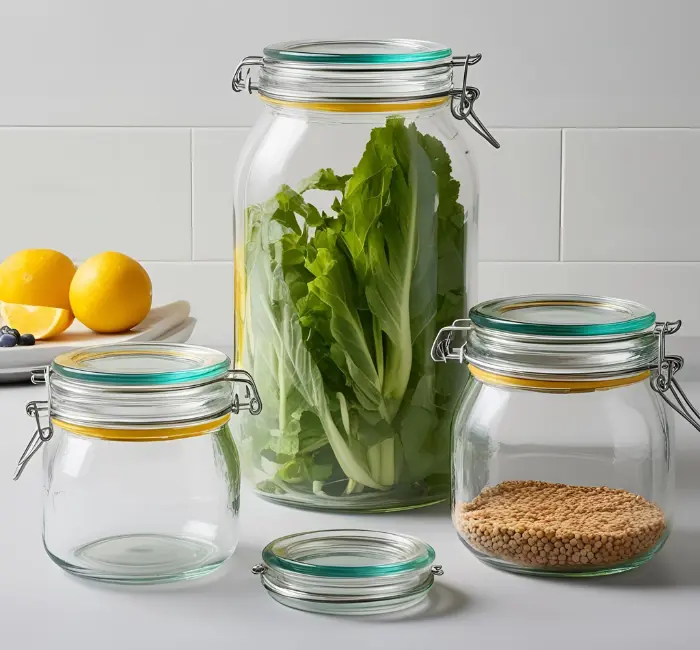Have you ever opened a bag of flour or cereal, only to find it stale—or worse, full of bugs? That usually happens because air and moisture got in. Even if the lid looked closed, it wasn’t sealed tight enough.
This is why airtight glass jars are such a smart choice for storing food. They help keep things fresh for a long time by blocking out air and water.
The best part? They’re easy to use and last for years.
Keep reading to learn how airtight jars work, how to test them, and which ones to trust.
Why Airtight Glass Jars Are Perfect for Long-Term Storage
Airtight glass containers are made to exclude air, humidity, and insects—three of the largest dangers facing long-term food storage. The combination of glass (a poreless, odour-proof substance) and a tight-sealing lid creates an environment that helps prevent contents from going bad prematurely.

Here’s why they work so well:
- No air, no oxidation: Oxygen accelerates food spoilage. Removing or blocking air helps retain flavor and texture longer.
- Moisture protection: Many foods, especially dry goods like flour, rice, and spices, degrade quickly when exposed to humidity. Airtight jars create a moisture barrier.
- Pest deterrent: Rodents and insects can chew through plastic, but they can’t get through glass and a sealed lid.
- No leaching: Unlike some plastics, glass doesn't leach chemicals into food (source: NIH).
How Do Airtight Jars Work?
Airtight jars use a sealing mechanism—typically a rubber gasket or silicone ring and a tight-fitting lid—to create a vacuum-like seal. This seal prevents external air and moisture from entering, keeping the contents stable over time.
There are several common types of airtight mechanisms:
- Clamp-seal jars (e.g., Fido jars): Feature a hinged lid with a rubber gasket.
- Screw-top jars (like Ball or Mason jars): Use a metal lid and ring that vacuum seals after processing.
- Twist-lid jars with silicone gaskets: Common for pantry storage and leftovers.
When sealed correctly, these mechanisms create an airtight barrier that can keep food fresh for months—or even longer, depending on the contents.
How Can You Tell If a Glass Jar Is Airtight?
Here are 3 easy ways to check:
- Water Test: Fill the jar with water, close it tight, and turn it upside down. If no water leaks, the seal is working.
- Lid Test (for button lids): Press the center of the lid. If it clicks or pops up and down, it’s not airtight.
- Look at the Seal: Make sure the rubber or silicone ring isn’t cracked, loose, or missing. If you’re buying new jars, check that the lids fit snugly and the seals feel strong.
How Do You Make a Glass Jar Airtight?

It depends on the type of jar:
For Clamp-Lid Jars:
• Fill the jar and leave some space at the top.
• Make sure the rim and rubber seal are clean and dry.
• Push the lid down and snap the metal clips into place.
For Screw-Top Jars (like Ball jars):
• Fill the jar and wipe the rim clean.
• Put on the flat disc and screw the lid on until it’s tight.
• For long-term canning, boil the jar to vacuum seal it.
Even for dry food, the key is making sure the seal is clean and tight.
Are Glass Containers Airtight?
Some are—and some aren’t. The glass part is always good, because it doesn’t stain or absorb smells. But it’s the lid that decides if it’s airtight.
To be sure your glass food containers are airtight, look for lids that have:
• A rubber or silicone ring
• Clips that snap tight
• Thick screw-on tops that press down when closed
Avoid containers with loose plastic lids that just sit on top—they don’t seal well.
Are Ball Glass Jars Airtight?
Yes—Ball glass jars (and similar Mason jars) are airtight when sealed properly. They're designed for home canning and long-term storage. After processing in boiling water, the lid forms a vacuum seal as the jar cools, preventing air and bacteria from entering.
Signs of a proper seal include:
• The lid is concave (slightly sunken)
• No flex when pressed
• No leakage or discoloration
If a lid flexes or pops, it’s not sealed and should not be used for long-term storage.
What Counts as an Airtight Container?

A container is airtight if:
• It blocks air and moisture from getting in
• It has a strong seal, usually made of rubber or silicone
• It stays tightly closed even if it’s turned or shaken
Good examples include:
• Glass jars with clamp lids
• Mason jars (like Ball) with screw lids
• Vacuum-sealed containers
• Sturdy plastic or glass food jars with sealing lids
If you can hear or feel air escaping when you open it, it’s probably airtight.
Why Airtight Glass Jars Are Worth Using
If you want your food to stay fresh longer and waste less, airtight glass jars are a great choice.
They are safe, easy to clean, and won’t let smells or chemicals get into your food.
Whether you store rice, coffee, snacks, or baking ingredients, a good seal really helps keep food fresh. Next time you fill your pantry, ask yourself: Is this jar airtight? If not, it’s a good idea to switch to one that is.